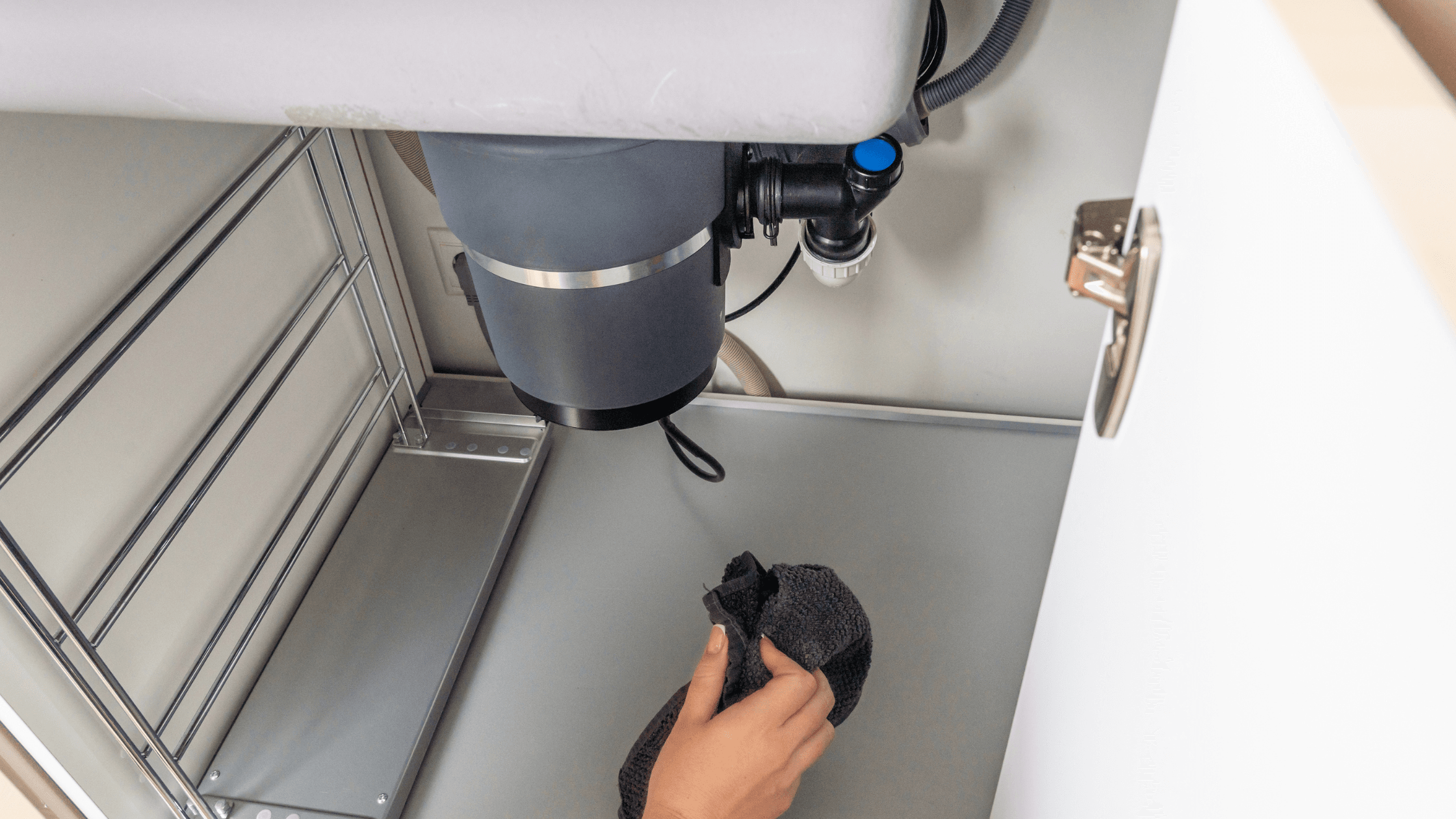Proven Ways to Fix a Leaking Waste Disposal Unit
Proven Ways to Fix a Leaking Waste Disposal Unit
Blog Article
This great article following next on the subject of Tips on Fixing a Leaking Garbage Disposal is unquestionably attention-grabbing. You should give it a look.

Waste disposal unit are crucial cooking area home appliances that aid in getting rid of food waste efficiently. Nevertheless, a leaking garbage disposal can be a frustrating and untidy trouble to deal with. The good news is, numerous leakages can be dealt with easily with a few straightforward actions. In this article, we will go over just how to deal with a dripping waste disposal unit effectively.
Introduction
Garbage disposals are set up under cooking area sinks and are created to shred food waste into smaller items, permitting it to go through the pipes system quickly. While these devices are typically reputable, leaks can occur over time as a result of damage, loose connections, or damages to the device.
Step-by-Step Guide to Dealing With a Dripping Garbage Disposal
Switch off the Power
Before attempting any kind of repair work, ensure that the power to the waste disposal unit unit is switched off to avoid the threat of electrical shock.
Find the Leakage
Determine the specific location of the leakage and determine the reason
Tighten up Connections
Utilize a wrench to tighten up any kind of loose connections in between the disposal unit and the plumbing system.
Change Seals or Gaskets
If the leakage is due to worn seals or gaskets, eliminate the old parts and change them with brand-new ones.
Patching Splits or Openings
For cracks or holes in the disposal system, use epoxy or an ideal patching product to secure the damaged area.
Identifying the Source of the Leak
Before trying to fix a leaking garbage disposal, it is essential to recognize the resource of the leakage. This can normally be done via visual evaluation or by carrying out straightforward tests.
Visual Inspection
Examine the garbage disposal system very carefully for any type of indications of water leakage. Pay very close attention to areas around seals, gaskets, and link points.
Evaluating for Leaks
One means to examine for leakages is by running water through the disposal device and checking for any kind of visible indications of leak.
Typical Sources Of Leaks in Waste Disposals
Worn Seals and Gaskets
Seals and gaskets play a vital role in stopping water from leaking out of the garbage disposal. Gradually, these components can weaken, leading to leaks around the disposal system.
Loose Links
The links between the garbage disposal and the plumbing system can end up being loosened with time, causing water to leak out throughout procedure.
Splits or Openings in the Disposal Device
Physical damages to the waste disposal unit, such as splits or openings in the real estate, can additionally lead to leakages.
Devices and Products Needed for Taking Care Of a Dripping Waste Disposal Unit
Before beginning the repair work process, collect the essential devices and products, consisting of a screwdriver, adjustable wrench, plumber's putty, substitute seals or gaskets, and epoxy or patching product for repairing fractures or holes.
Checking the Garbage Disposal After Fixing
As soon as the fixing is total, check the garbage disposal by running water through it to guarantee that the leakage has actually been solved.
Preventive Maintenance Tips to Prevent Future Leakages
To stop future leakages, it is important to carry out regular upkeep on your garbage disposal. This consists of maintaining it clean, staying clear of placing non-food items or difficult objects down the disposal, and regularly looking for leakages or other concerns.
Final thought
In conclusion, taking care of a dripping garbage disposal is a reasonably uncomplicated procedure that can be finished with basic tools and materials. By following the steps detailed in this post and exercising precautionary upkeep, you can keep your garbage disposal in good working condition and avoid pricey fixings in the future.
HERE’S HOW TO FIX YOUR GARBAGE DISPOSAL
WHAT TO DO IF SOMETHING IS STUCK IN YOUR GARBAGE DISPOSAL
If the impeller won’t turn, there’s probably something stuck in the disposal. It could be a steak bone or peach pit, although plumbers report pulling all sorts of inappropriate objects out of disposals, such as bottle caps or aluminum foil. Make sure power to the disposal is off, and look inside to see if you can see the source of the jam.
Never stick your fingers in a disposal. Pull out anything you see with tongs or pliers.
If the disposal still won’t work, it may be time to call a plumber or consider buying a new disposal. GEM Plumbing & Heating is here for all of your garbage disposal needs.
WHAT TO DO IF YOUR GARBAGE DISPOSAL DRAIN IS CLOGGED
Take everything out from underneath your sink and put a bucket or other container under your disposal to catch any water that drains out. Disconnect your disposal from the power supply. If it’s plugged into a wall outlet, unplug it. If it’s hardwired into an electrical box, go to the electrical panel and turn off the breaker for the disposal. Pour ¼ cup of baking soda into the drain, followed by ½ cup of white vinegar. Give the solution a few minutes to fizz and do its work. Look into the disposal with a flashlight to see if you can see an object that might be causing the clog. If you see it, remove it using tongs or pliers. MORE TIPS ON DEALING WITH A CLOGGED GARBAGE DISPOSAL
Never use drain cleaner in a garbage disposal. It can damage the plastic parts inside the disposal. You can also be splashed with the caustic liquid while working to clear the clog. Beware! Never stick your fingers into a garbage disposal. Trust us — not a good idea. In many instances, your dishwasher drains through your garbage disposal. This allows the disposal to grind any large food particles that may be drained out of your dishwasher. There are some jurisdictions, however, where the plumbing code prohibits such a connection. WHAT TO DO WHEN YOUR DISHWASHER DRAINS THROUGH THE DISPOSAL
Run some water in the sink so your plunger has at least a ½-inch of water to create a seal and plunge vigorously up and down several times. You may need to repeat this several times. Run hot water down the drain to clear any residue that remains.

Hopefully you enjoyed reading our article about Why Is . Many thanks for taking a few minutes to browse our posting. Those who liked our blog entry please do not forget to share it. I value reading our article about Tips on Fixing a Leaking Garbage Disposal.
Set An Appointment Report this page